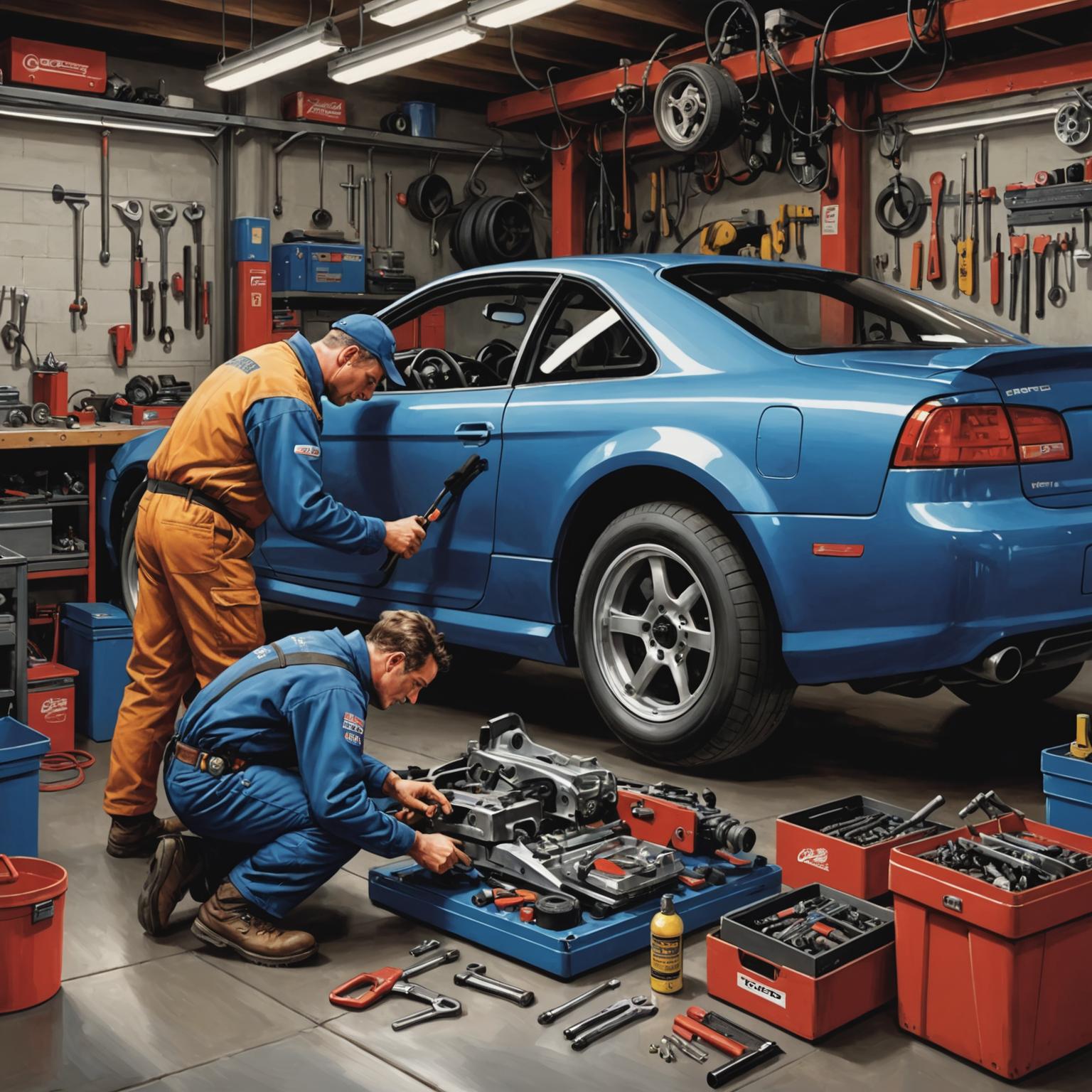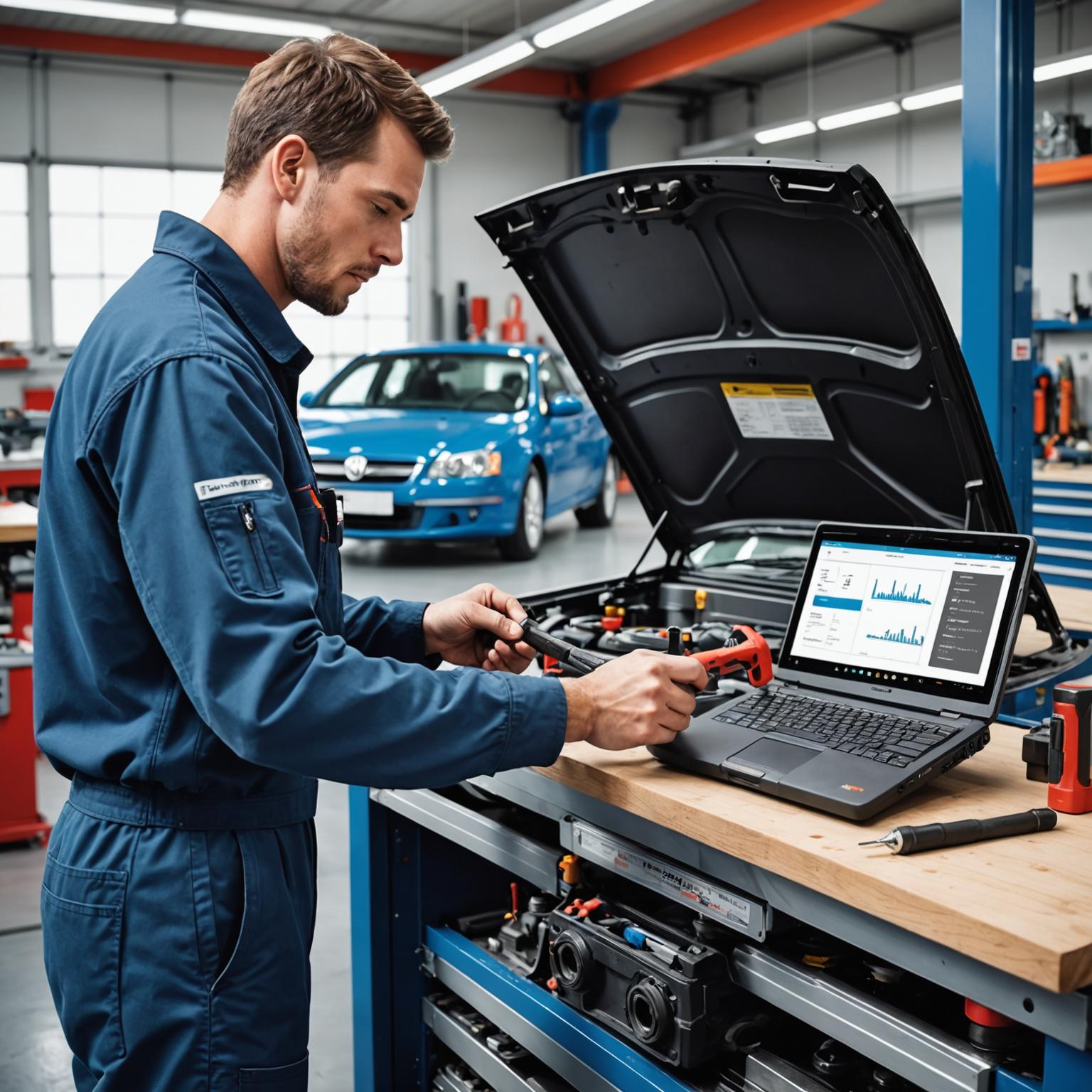Digital torque wrenches have revolutionized the way professionals in automotive, manufacturing, and engineering fields ensure precision in their work. These tools provide accurate measurements and easy-to-read digital displays, making them essential for tasks that demand exact torque application. As technology advances, digital torque wrenches are becoming the go-to choice for those seeking reliability and efficiency in fastening operations. This article will explore the features, benefits, and comparisons of digital torque wrenches with other types, helping you understand why they stand out in the market.
Understanding Digital Torque Wrenches
Digital torque wrenches are advanced tools that measure the rotational force applied to a fastener, displaying the reading on a digital screen for immediate feedback. Unlike traditional models, these wrenches often include programmable settings, allowing users to set specific torque values and receive alerts when they are reached. This precision is crucial in industries where overtightening or undertightening can lead to equipment failure or safety hazards. For instance, in automotive repair, using a digital torque wrench ensures that bolts on engines or wheels are secured to manufacturer specifications, reducing the risk of accidents. The integration of digital technology also means these wrenches can store data, track usage, and even connect to computers for detailed reporting. While best torque wrenches emphasize top performance across various models, digital versions excel in user-friendly interfaces and accuracy rates that can reach within 2% of the set value. This makes them ideal for professional mechanics who need consistent results day after day.
Comparing Digital Torque Wrenches to Beam and Mechanical Types
When evaluating beam torque wrenches, it's clear that they rely on a simple mechanical indicator, like a bending beam, to show when the desired torque is achieved. Beam torque wrenches are often praised for their durability and low cost, but they lack the precision and ease of use found in digital models. For example, reading a beam torque wrench requires visual alignment, which can be challenging in low-light conditions or for less experienced users. On the other hand, mechanical torque wrenches use an internal spring mechanism to click or release at a set torque, providing a tactile feedback that's reliable but not as precise as digital readouts. Mechanical torque wrenches have been a staple in workshops for years due to their robustness, yet they don't offer the data logging or customization options that digital torque wrenches provide. In comparisons, best torque wrenches often highlight digital variants for their ability to handle a wider range of applications, from delicate electronics assembly to heavy industrial work. However, beam torque wrenches and mechanical torque wrenches still hold value in situations where simplicity and affordability are priorities, such as in small-scale DIY projects.
The Advantages of Adjustable Torque Wrenches and Why Digital Ones Lead the Pack
Adjustable torque wrenches allow users to modify the torque settings on the tool itself, making them versatile for different tasks without needing multiple devices. This adjustability is a key feature in digital torque wrenches, which often include digital interfaces for quick and accurate adjustments. For professionals, this means less time switching tools and more focus on the job at hand. Digital torque wrenches go a step further by incorporating features like angle measurements, peak hold functions, and even Bluetooth connectivity for integration with mobile apps. These enhancements make them superior to traditional adjustable torque wrenches, which might only offer basic dial adjustments. In the realm of best torque wrenches, digital models are frequently recommended for their multifunctionality, such as in aerospace or construction, where precision is non-negotiable. Beam torque wrenches, while adjustable in a limited sense, don't match this level of sophistication, and mechanical torque wrenches can sometimes drift in accuracy over time due to wear. Overall, the evolution towards digital technology ensures that users get not just a tool, but a smart device that enhances productivity and reduces errors.
Applications and Maintenance of Digital Torque Wrenches
In practical applications, digital torque wrenches are used across various sectors, including automotive repair, where they help in assembling transmissions or installing suspension components with exact specifications. Their digital displays eliminate guesswork, providing real-time data that can be crucial for quality control. For instance, in manufacturing plants, these tools ensure that assembly lines meet industry standards, preventing costly recalls. When it comes to maintenance, digital torque wrenches require regular calibration to maintain accuracy, which is often simpler than with mechanical counterparts. Users should also keep the batteries charged and protect the digital screen from damage. Compared to beam torque wrenches, which need less frequent maintenance but offer less functionality, digital models provide a better long-term investment. Additionally, while adjustable torque wrenches can be prone to slippage if not properly set, digital versions include safety features like automatic shut-off. This reliability makes digital torque wrenches a preferred choice for professionals who value efficiency and precision in their daily operations. As the demand for best torque wrenches grows, digital innovations continue to set new benchmarks.
Why Choose Digital Torque Wrenches for Your Toolkit
Investing in digital torque wrenches means embracing a tool that combines accuracy, versatility, and modern technology to streamline your workflow. Whether you're a hobbyist or a professional, the benefits of these tools far outweigh those of traditional options like beam or mechanical torque wrenches. By selecting the best torque wrenches available, you ensure that your projects are completed with the highest standards of quality. In conclusion, as industries evolve, digital torque wrenches will remain at the forefront, offering features that enhance safety, efficiency, and precision in every application.






